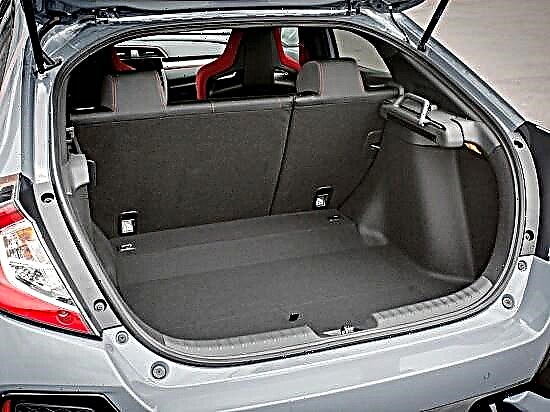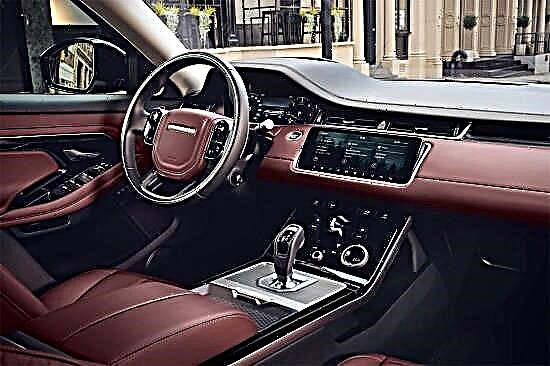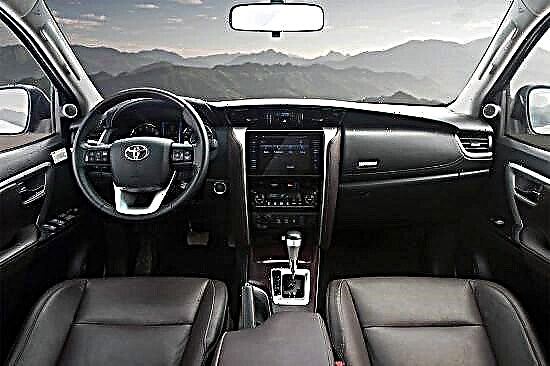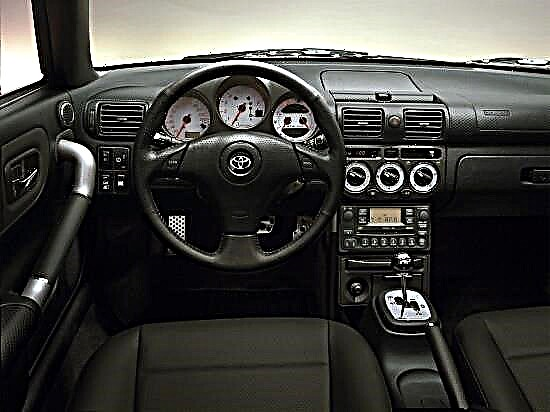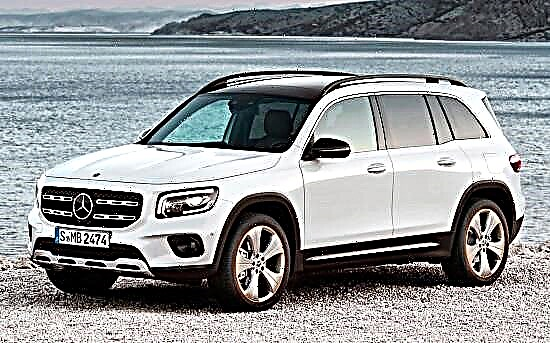Ratings of cars and auto products
Reviews, comparisons & tips for motorists
Classic tube tires have been around for a long time. Most motorists are accustomed to using them. But recently, alternative solutions in the form of tubeless tires have been actively gaining popularity.
Such products have a number of distinctive features, characteristics, advantages and certain disadvantages. And here a natural question arises regarding the superiority of tubeless designs over standard and familiar chamber ones.
You can buy all tires in the online store or Yandex.
Car enthusiasts are interested in whether it is worth switching to tires without a tube and how profitable and correct this choice will be. To answer these questions, you should carefully study the essence and features of rubber for cars.
What it is
Although many have learned about tubeless tires for cars relatively recently, and are only now actively thinking about purchasing them, in fact, the history of the existence of the development is very long.
A similar product was first presented back in 1903. It is hardly surprising that Goodyear engineers were the developers. If we talk about mass production, then it was launched only in 1954.
Seeing the designation on the tire informing about the tubelessness of the structure, you should not be intimidated. In practice, a tubeless tire has many more advantages than a conventional tubeless car tire.
When a puncture occurs, chamber tires are deflated almost instantly. This is due to the fact that air begins to escape not only from the puncture site that has appeared, but also bleeds through the rim, since the tightness of the product has been significantly compromised. The car in this state usually continues to move for some time until the driver brakes. In case of puncture of chamber tires, there is a high probability of damage to the disc itself and other components.
If we talk about tubeless tires, then such tires for a car lose air only at the puncture site. Moreover, with small holes, the air release process proceeds very slowly. When a nail, screw or other similar tool hits the rubber, the object itself remains inside the wheel, simultaneously closing and gradually releasing the air.
Device
To better understand the essence, you should study the device characteristic of a tubeless wheel. The designers thought of everything a long time ago, but the solution remains relevant and in demand to this day.
Given the designation used for a tubeless tire, and the name of the product itself, it is not difficult to understand that the design does not provide for the presence of a tube inside. The inner part is covered with a layer of special rubber. Its thickness can be several millimeters. It is this rubber layer that keeps the tire tight.
The sealing layer itself is fixed from the inside using the vulcanization method. The result is a structure that is durable and resistant to external and internal influences. This gives a lot of insight into how a modern tubeless car tire works.
Another important feature is the special rubber layer. It is necessary in order to compact the place where the disc and the car tire itself are connected. The rim has a shelf, and the tire covers it tightly due to the presence of rounded protrusions. In this way, in a rather simple way, it is possible to achieve the maximum level of tightness.
But such tubeless car tires should be inflated and the internal pressure released as necessary. The engineers foresaw this too by installing a special valve. It is located directly on the rim of the car's wheel rim.
Having studied the device that is relevant to a tubeless tire, each car can draw certain conclusions for itself. Such rubber objectively deserves the right to exist and is able to oust classic chamber solutions from the market.
When purchasing a tire, it is important to take into account the tasks and purpose of the vehicle itself, and the conditions in which the car is to be operated. Having a tubeless tire objectively helps in case of punctures. A special device makes it possible to get to your own garage or at least to the nearest car service. Tires usually lend themselves well to repair and will not require urgent and urgent replacement.
Bulkhead tires in a car service
Advantages and disadvantages
To form an objective opinion about this type of tire, you should focus not only on the obvious advantages of tubeless tires, but also look at the real design flaws.
There are really disadvantages, and for some motorists, they may seem critical in terms of choice.
The objective advantages of tubeless products include the following points:
- In the event of a puncture, a tubeless wheel mounted on one of the axles of the machine maintains normal pressure values for a sufficiently long time. Even in the event of depressurization in the form of a punctured wheel, in certain situations, it is possible to overcome a distance of several tens of kilometers.
- Also, in case of punctures, such wheels can be pumped up. This returns normal pressure for a while, making it possible to accurately get to the destination in the form of a garage or car service to perform an already full repair.
- What else is a tubeless car tire better than a classic tube tire is the level of safety in case of damage. A good tubeless type of tire has a smooth pressure drop inside the product, and therefore the risk of losing control is much lower. In terms of road accidents, riding tubeless tires is much safer. This was confirmed by multiple tests and even accident statistics.
- Thanks to the special design, the engineers managed to reduce the total weight of the tire. These tires are lighter than their tube competitors. This has a positive effect on the condition of the suspension.
- In parallel with the decrease in the load on the suspension, the inertial motion of the car wheels decreases when the car accelerates and stops. This preserves the chassis better, protecting it from rapid wear.
- Tubeless tires are characterized by a lower intensity and temperature of heating in conditions of fast movement in a vehicle and on long journeys. Chamber options differ in that here the tire and the camera itself begin to actively rub against each other in similar conditions. This accelerates wear, increases the risk of leakage. Especially in the summer heat.
- Tubeless tires are easy to repair quickly with a special spray, paste or sealant. There is a huge range of these field repair kits on the market, plus they are inexpensive. This gives a guarantee that the driver will definitely be able to get to the service station.
- Products without a chamber serve on average 10-15% longer than chamber counterparts. This is largely due to the efficient heat dissipation.
- Tubeless tires also outperform their competitors in terms of ride comfort. They create less noise, which makes it more pleasant to be in the car.
- For tubeless tires, it is not a problem to withstand the load from a full passenger compartment or a full trunk.In terms of carrying capacity, the advantage is again with tubeless tires.
- Another advantage is the improved cross-country ability. Relevant for those who have to drive not only on asphalt areas in the city, but also need to go to the ground, off-road, etc.
Lamination of rubber on a tire
The list of advantages looks extremely dignified and promising. It is difficult to imagine that such products have any significant drawbacks.
How serious and significant the disadvantages are, should be judged on the basis of the specific situation and the individual characteristics of the vehicle or its owner.
But the fact that tubeless tires have weaknesses cannot be denied. Specialists and ordinary motorists focus on the following disadvantages.
- It is important to carry out the installation only with the help of specialized equipment. It is almost impossible to put such tires on a wheel on your own. Therefore, the seasonal shift will have to be carried out at the service station. And this is additional financial costs.
- There are increased requirements for the disk itself. To be more precise, it is extremely important to have the correct geometry. The presence of damage and unevenness will lead to an insufficient tight fit with subsequent depressurization.
- In addition to installation, special equipment is also used for repairs. This is quite an expensive pleasure, and you also have to spend time on it. The same chamber products are easily repaired at home.
- In case of a strong puncture, when the tire has significantly flattened, it is strongly discouraged to continue the trip. This is dangerous not only because of the risk of an accident, but also destroys the tire itself. Even if you manage to get to a car service or garage, the rubber will probably have to be changed, since the sealing layer is destroyed. But this is not true for small punctures.
- Tubeless tires have a rather weak sidewall. Although this point can be viewed from the positive side. After all, such a minus gives advantages in the form of smooth movement and effective wheel shock absorption on bumps and bumps.
- Tubeless products are vulnerable to lateral damage. If the blow is struck exactly at the junction of the tire and the rim, there is a high probability of instant depressurization.
Despite the extensive list of indisputable advantages, tubeless tires are not ideal. They have their own characteristic flaws, which is quite logical and expected.
But objectively speaking, the pluses far outweigh the minuses. And the final choice will be made directly by the motorist himself.
Selection recommendations
To begin with, all tubeless tires, like other types of tires, are divided into summer and winter. There are no all-season options for tubeless tires. Even if similar markings are present, we are talking either about low-quality products of dubious origin, or about banal marketing gimmicks.
Yes, we can talk about the existence of a relatively universal tread pattern, but it is not able to fully guarantee equally effective properties for use in winter and summer. Therefore, it is better to make a choice based on seasonality.
Winter and summer kits differ in the composition of the rubber used and the design of the tread itself. In winter, it is important to take tubeless tires marked M + S. This is the most common designation for tubeless winter tires.
Key differences between winter and summer tubeless tires in:
- tread pattern;
- the chemical composition of rubber;
- cord structures;
- sidewall structures, etc.
When creating winter options, soft rubber grades are used. For summer, a more high-strength compound is used, which is less intensively erased and worn out when driving on dry hot asphalt.
Tubeless tires are also divided into radial and diagonal designs. The former provide better comfort and softness while driving, with less rolling resistance, which has a positive effect on fuel consumption. Lateral withdrawal from radials is better, and therefore the control here is more precise and confident. They are inferior to diagonal ones in terms of resistance to shock and damage. If the car is used mainly in the city and on the highway, then the choice should be made in favor of radial tubeless tires.
It is most correct when choosing tubeless tires to build on the recommendations of the manufacturer. It is the car company that created and assembled your car that knows exactly which tires are right for it. The instruction manual contains detailed information on all dimensions and parameters.
It hardly needs to be reminded that tubeless tires are best purchased from trusted manufacturers who have a positive reputation and produce high quality products. And these are not necessarily the most expensive models. Leading tire manufacturers actively produce tires in all price ranges, sometimes through subsidiaries.
Tire markings
How to recognize tubeless tires
In the life of motorists, situations often arise when skills and abilities are required on how to determine and recognize that tubeless tires are installed on the axles of a car.
The most striking example is the purchase of a vehicle. If, when purchasing a new car, all the characteristics and equipment are often indicated in the salon, then different situations happen in the secondary market.
When, for some reason, the buyer forgot to clarify the type of tires or did not attach much importance to this, in the future, as part of further operation, it is necessary to know the type of product. This is necessary for proper maintenance and repair when such a need arises.
The easiest way to determine if a car has tubeless tires is to study the cost. Prices for a specific model can be easily found out without leaving your home. The cost of tubeless tires is always significantly higher than standard tubeless tires.
But determining the type of tire by price alone is not the best option. It is much more logical to focus on external aspects and structure. In chamber versions, ring-shaped pipes are used, which are the same chamber. There is no such thing inside tubeless ones. Inside there is a soft dusting, and on the outside there is a high-strength seal.
At the same time, few people will cut the tire to understand what it is like inside. If you are an ordinary motorist for whom it is important to get an answer to a question, then start from the following signs.
- TL or Tubeless lettering. An obvious sign that you are looking at a tubeless tire. Chamber counterparts are labeled TT or Tube Type. Although it cannot be ruled out that the marking is missing or erased. This is a bad sign indicating severe wear and tear.
- Nipple dimensions. Tubeless tires have small nipples that fit snugly on the wheel and have a small bead at their base. Chamber counterparts are equipped with long, movable and smooth nipples.
- The valves of tubeless tires cannot be pressed into the wheel. Even if you bleed the air, all the same attempts will be unsuccessful. But with chamber products, the nipple can sometimes be pressed almost entirely inward.
- The most recent and most difficult way to determine is the bead. But it should be resorted to in extreme cases.
Most often, identification by reading the marking helps.
Finding the difference between products and determining which type of tire is installed on a car is quite simple in practice.
Given the wide range of strengths, even the presence of some shortcomings does not stop competent motorists on their way to purchasing a set of tubeless tires. They are objectively better than their camera counterparts. This is confirmed by numerous experiments, tests and banal statistics.
But still there are motorists who are skeptical about tubeless tires, considering them too difficult to repair and install. Nobody denies that there are disadvantages. But if we compare chamber and tubeless products, it will not be difficult to determine the winner. Although the final choice must be made directly by the motorist himself. It is his legal right to ride whatever tires he thinks are the best.

